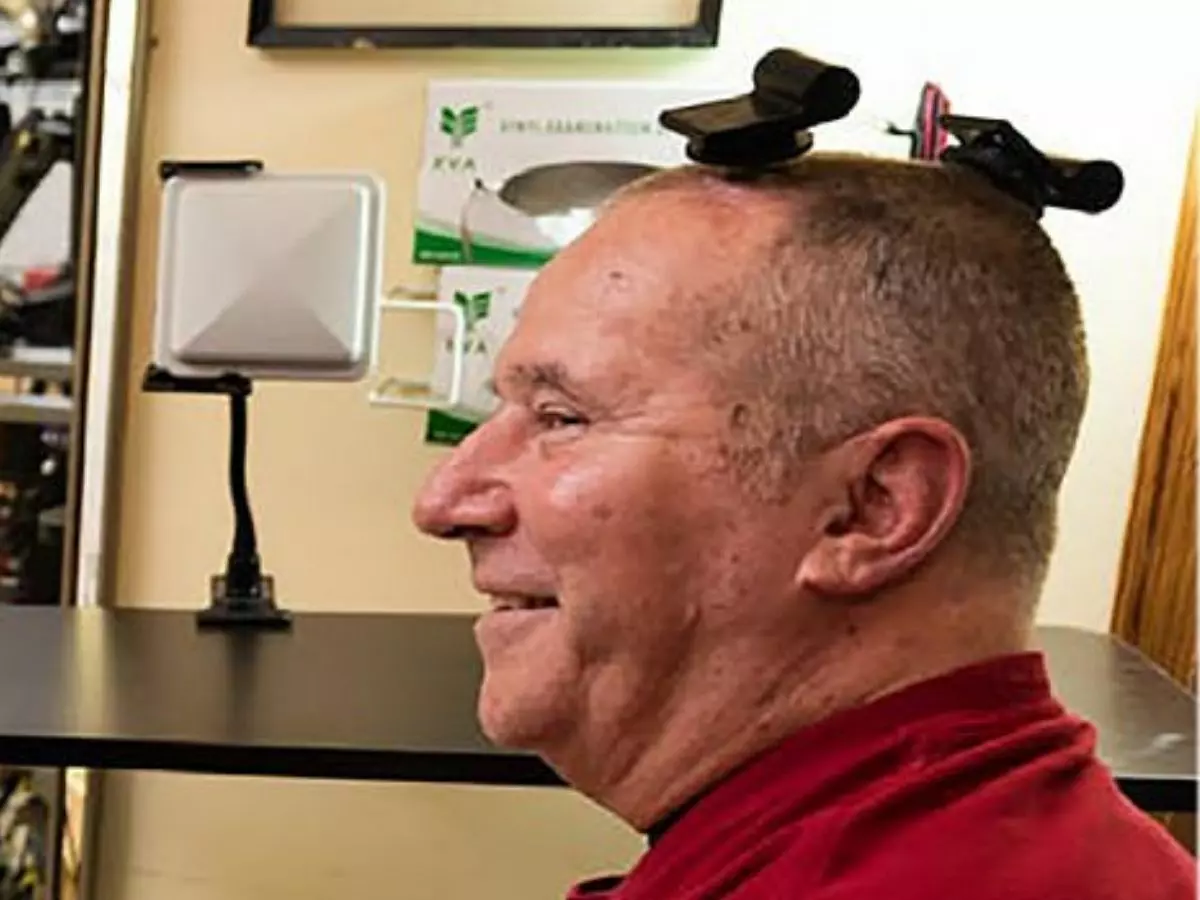Wireless Device Lets Paralysed Folk Type On Screen With Just Their Mind
Both tested the systems in the comforts of their home, as opposed to the tethered connections that forced the test subjects to be in a lab. Without the hassle of cables, researchers were able to use the system for 24 hours straight (even when they were asleep), without any hiccups.

Researchers have managed to successfully develop the world¡¯s first wireless brain-computer interface (BCI) system, offering people suffering from paralysis the ability to type on computer screens using just their mind.
 Brown University
Brown University
Earlier iterations of BCI systems had wires that connected to large transmitters that made things not so mobile. However, now, researchers at Brown University have managed to develop a wireless system using a small transmitter that sits right on the user's head.
Also Read: Elon Musk's Neuralink Brain Implant Will Be Ready By December 2020, And Give You Superpowers
Dubbed BrainGate, the new system (study published in IEEE Transactions On Biomedical Engineering) was tested on two men -- one 35-year-old and one 63-year-old -- who were both paralysed after suffering injuries to the spinal cord. This transmitter is roughly two inches in diameter which links to an electrode array that¡¯s connected within the brain's motor cortex -- using the same port as conventional wired systems did.
BrainGate brain-computer interface
The system allowed both to type and click on a tablet by just thinking of a particular action. They were able to execute this with a similar accuracy compared to the wired iteration of the system.
Both tested the systems in the comforts of their home, as opposed to the tethered connections that forced the test subjects to be in a lab. Without the hassle of cables, researchers were able to use the system for 24 hours straight (even when they were asleep), without any hiccups.
John Simeral, an assistant professor of engineering at Brown University and the study's lead author, explained, ¡°We've demonstrated that this wireless system is functionally equivalent to the wired systems that have been the gold standard in BCI performance for years. The signals are recorded and transmitted with appropriately similar fidelity, which means we can use the same decoding algorithms we used with wired equipment. The only difference is that people no longer need to be physically tethered to our equipment, which opens up new possibilities in terms of how the system can be used.¡±
Also Read: IIT Madras Develops AI Technology For Converting Brain Signals Into English Language
Leigh Hochberg, an engineering professor at Brown and the leader of the BrainGate clinical trial, said this new advancement could help researchers better understand how neural signals evolve over time. Moreover, this is also allowing them to observe brain activity for extended periods of time, something that was impossible before.
 Brown University
Brown University
¡°This will help us to design decoding algorithms that provide for the seamless, intuitive, reliable restoration of communication and mobility for people with paralysis,¡± Leigh added.








